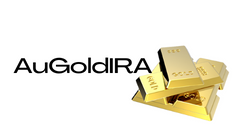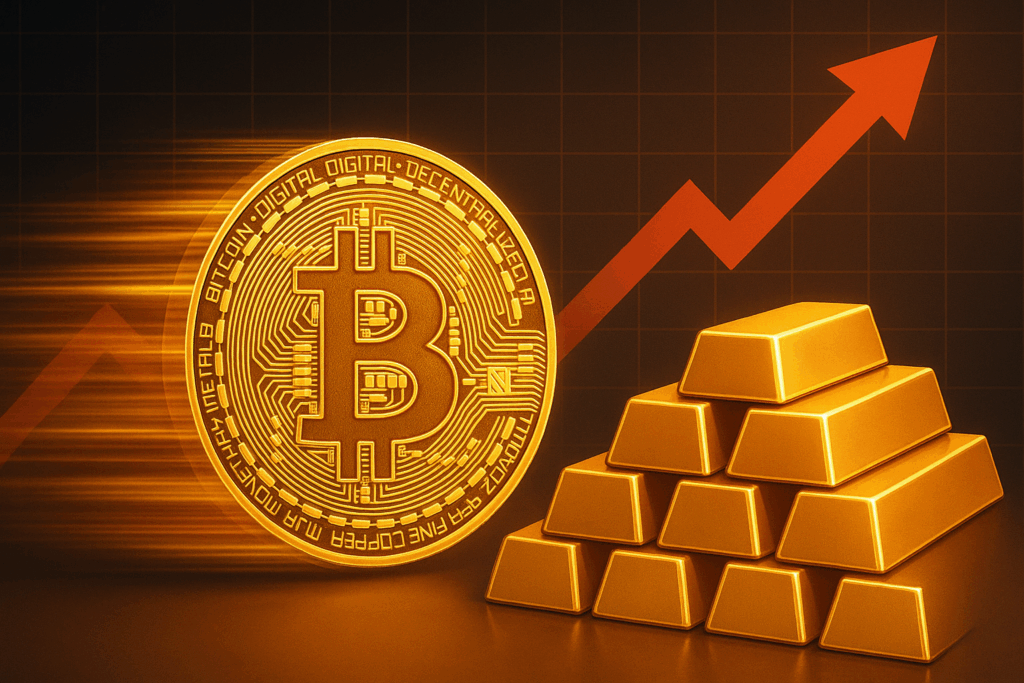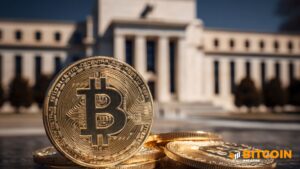
Hey there, crypto enthusiasts! Today, I've got some exciting news to share with you about the recent surge in Bitcoin prices. Imagine this: Bitcoin skyrocketed past $113,000, leaping from $108,000 earlier in the day, all while traditional safe-haven assets like gold and silver faced a significant downturn.
The Crypto Market Landscape
The Federal Reserve's Crypto Policy Shift
Let's dive into what fueled this surge. Federal Reserve Governor Christopher Waller hinted at a game-changing move in U.S. crypto policy by introducing a "skinny master account" program. This innovative initiative paves the way for eligible fintechs and digital-asset firms to gain direct access to the Fed's payment system, bypassing the conventional banking system.
Bitwise's Insight: The Gold-Bitcoin Relationship
Bitwise's Crypto Market Compass Report highlighted an intriguing possibility. Even a tiny shift in capital from gold to crypto could trigger a significant Bitcoin price rally. The report suggested that a mere 3-4% migration from gold could potentially double Bitcoin's price, showcasing the vast difference in market capitalization between the two assets.
Factors Driving Bitcoin's Momentum
Market Sentiment and Financial Risks
Despite recent market performance, signs of seller fatigue were evident, hinting at a potential upswing. Moreover, escalating stress in U.S. regional banks heightened systemic financial vulnerabilities. In such uncertain times, Bitcoin emerged as a risk-free asset alternative, drawing investors away from traditional financial institutions.
Monetary Policy Impact
With speculations around the Federal Reserve reconsidering Quantitative Tightening measures, liquidity growth both in the U.S. and globally could accelerate. Gold has historically responded positively to relaxed monetary conditions, and Bitcoin seems poised to mirror this trend, potentially benefitting from increased liquidity.
Risk Appetite and Market Behavior
Historically, Bitcoin's performance relative to gold has mirrored shifts in risk appetite. During periods of heightened "risk-on" sentiment, Bitcoin has outperformed gold, suggesting that even a minor shift in capital allocation could yield substantial results for Bitcoin.
The Path Ahead for Bitcoin
In essence, the stage is set for Bitcoin to shine. A small reallocation of funds from traditional gold investments to Bitcoin could ignite a significant market rally, offering a promising outlook for crypto enthusiasts.
So, as the digital currency landscape continues to evolve, keep an eye on Bitcoin's journey and the exciting possibilities it holds. Who knows, your next investment move could be the key to unlocking potential gains in this dynamic market!
Frequently Asked Questions
Should You Invest in Gold for Retirement?
The answer depends on how much money you have saved and whether gold was an investment option available when you started saving. If you are unsure which option to choose, consider investing in both options.
You can earn potential returns on your investment of gold. This makes it a worthwhile choice for retirees.
While most investments offer fixed rates of return, gold tends to fluctuate. Its value fluctuates over time.
This does not mean you shouldn’t invest in gold. Instead, it just means you should factor the fluctuations into your overall portfolio.
Another benefit to gold? It's a tangible asset. Gold is more convenient than bonds or stocks because it can be stored easily. It can also be carried.
You can always access your gold as long as it is kept safe. Plus, there are no storage fees associated with holding physical gold.
Investing in gold can help protect against inflation. You can hedge against rising costs by investing in gold, which tends to rise alongside other commodities.
A portion of your savings can be invested in something that doesn't go down in value. Gold usually rises when the stock market falls.
Investing in gold has another advantage: you can sell it anytime you want. Just like stocks, you can liquidate your position whenever you need cash. You don't even need to wait for your retirement.
If you do decide to invest in gold, make sure to diversify your holdings. Don't place all your eggs in the same basket.
You shouldn't buy too little at once. Start with a few ounces. Next, add more as required.
It's not about getting rich fast. Rather, it's to build up enough wealth so you won't need to rely on Social Security benefits.
Even though gold is not the best investment, it could be an excellent addition to any retirement plan.
How much are gold IRA fees?
$6 per month is the Individual Retirement Account Fee (IRA). This fee covers account maintenance fees, as well any investment costs that may be associated with your investments.
To diversify your portfolio you might need to pay additional charges. These fees can vary depending on which type of IRA account you choose. For example, some companies offer free checking accounts but charge monthly fees for IRA accounts.
Most providers also charge an annual management fee. These fees are usually between 0% and 1%. The average rate is.25% each year. However, these rates are typically waived if you use a broker like TD Ameritrade.
How is gold taxed in an IRA?
The fair market value at the time of sale is what determines how much tax you pay on gold sales. Gold is not subject to tax when it's purchased. It's not considered income. If you decide to make a sale of it, you'll be entitled to a taxable loss if the value goes up.
Loans can be secured with gold. Lenders try to maximize the return on loans that you take against your assets. This usually involves selling your gold. It's not guaranteed that the lender will do it. They may just keep it. They might decide to sell it. Either way, you lose potential profit.
In order to avoid losing your money, only lend against your precious metal if you plan to use it to secure other collateral. It is better to leave it alone.
Statistics
- Contribution limits$6,000 (49 and under) $7,000 (50 and up)$6,000 (49 and under) $7,000 (50 and up)$58,000 or 25% of your annual compensation (whichever is smaller) (lendedu.com)
- (Basically, if your GDP grows by 2%, you need miners to dig 2% more gold out of the ground every year to keep prices steady.) (smartasset.com)
- You can only purchase gold bars at least 99.5% purity. (forbes.com)
- Gold is considered a collectible, and profits from a sale are taxed at a maximum rate of 28 percent. (aarp.org)
- This is a 15% margin that has shown no stable direction of growth but fluctuates seemingly at random. (smartasset.com)
External Links
cftc.gov
- Fraud Advisory: Precious Metals Fraud
—————————————————————————————————————————————————————————————-
Based on [POSTTITLE]
by [POSTAUTHOR]















